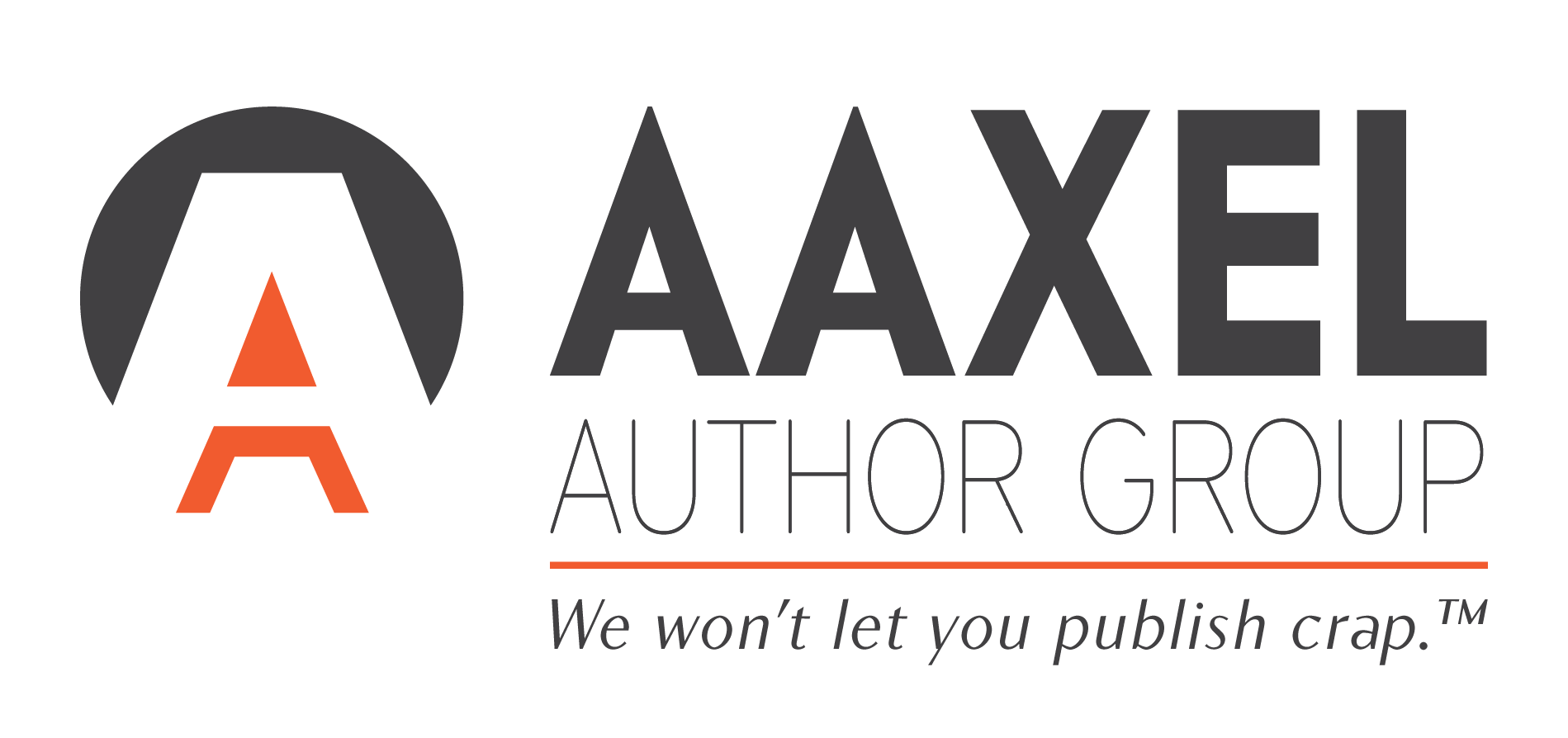Info-Dumps: How to Avoid This Common Writer’s Trap
In our last post, Kickstart 2023 with a Solid Fiction Book Plan, we broke down how to plan and outline your novel. Equipped with your outline and your research notes, you’re ready to write an organized and detailed manuscript. However, with all the information you’ve gathered to create a great backstory for your characters, and develop to the nitty-gritty of worldbuilding, it might be tempting to include all of it. But we’ve got some unfortunate news for you. Don’t!
The literary crime you’re about to commit is a rookie mistake we often see while evaluating manuscripts, and it’s a major faux pas. We like to call it info-dumping and it can seriously drag a great story idea into the dumps (pun intended).
What is Info-Dumping?
The simplest definition of info-dumping is the act of providing too much information at once. When it comes to writing, it refers to the large quantity of exposition or backstory divulged to a reader that stops the story from moving forward and leaves little to the imagination.
Types of Info-Dumping
There are several types of info-dumping. Here are the most common:
Character Info-Dump
A character info-dump is when we have a section devoted to providing information about the character like how they look, what they’re wearing, mannerism, etc. Though providing character description is needed in fleshing out a character, try not to tack on too many descriptors at once. Decide what is the most important trait that distinguishes the character from others and stick to it.
Backstory Info-Dump
The most common type of info-dump we see is backstory info-dump. A backstory can provide the reader a means to understand who and where the character is coming from. However, large portions of exposition occupied by backstory, especially details irrelevant to the plot or narrative, can weigh a story down.
Worldbuilding/Technical Info-Dump
Worldbuilding and technical info-dumps can be a bit trickier, especially with regard to fantasy and sci-fi novels. Most of the research done by writers goes into the worldbuilding and technical aspect of the novel, however, pages and pages of exact detail about how a world functions or how to disarm a bomb can bore the reader.
Emotional/Psychological Info-Dump
Characters are people too. They come with their own emotional and psychological baggage that affects how they interact with the world you build them. An info-dump in this category could look like paragraphs explaining details from a character’s past and why something happening in the present or future is important to them
Where to Look for Info-Dumping and How to Avoid It
So you know types of info-dumps, but where do you find them and how do you fix them? There are a couple of common locations that easily fall victim to this transgression. Here are two of the biggest problem areas:
Beginnings and Introductions
The opening of a book, the start of a chapter, a character walks into the room, the first moment the reader is introduced to the world: These are all beginnings/introductions and they’re the primary location writers tend to dump massive amounts of information on the reader. It’s tempting to want to situate all the details at the very beginning, but having all this information up front can be disinteresting to the reader. The best way to navigate this is to choose what’s important for the reader to know in that very moment and reveal the rest in later parts of the story.
Dialogue
Writers are guilty of dumping too much information in dialogue, often turning what should be a conversation into a monologue. The reality of the situation is that unless you’re a professor lecturing a class of bored students, people rarely go on long stints of monologues or speak with that much detail. The best course of action here is to break up dialogue with action and use your character’s body/actions to convey some of that information. Dialogue should feel natural and work with the rhythm of the story, not forced. For further reading about using body language to break up dialogue, take a quick read of our previous post “Show, Don’t Tell”.
Now that you know the basics of info-dumping, it’s time to review your manuscript and clean up all those problem areas. Still having issues condensing and weaving information into your story? We can help! Reach out to discuss our Manuscript Evaluation services to learn more about how we can help you polish up your manuscript.
